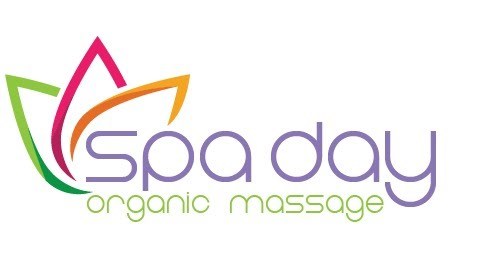
The Fine Line Between Swedish Massage and Deep Tissue Massage
May 24, 2024
Massage for Moms: Understanding Maternity Massage vs. Regular Massage
May 29, 2024In the realm of therapeutic bodywork, Swedish and Deep Tissue massages are two prominent modalities, each with its unique approach and benefits. Swedish massage, known for its relaxing and rejuvenating effects, uses a variety of gliding, kneading, and tapping movements to alleviate surface tension in the muscles and promote overall wellness.
On the other hand, deep tissue massage, as the name implies, delves deeper into the muscle and fascia layers, aiming to relieve chronic muscle tension and address health conditions. The choice between these two techniques often hinges on the individual’s specific needs and preferences, thus raising the question: between Swedish and Deep Tissue massage, which one reigns supreme?
As we navigate this topic, we will dissect their respective techniques, benefits, and ideal candidates, thereby providing a comprehensive understanding to aid in making an informed choice.
Delving into the realm of Swedish massage, it is paramount to understand that this technique, often characterized by long, flowing strokes and gentle kneading, is primarily aimed at promoting relaxation and enhancing overall well-being. This therapeutic method, pioneered by Swedish physiologist Per Henrik Ling, is designed to alleviate tension in the body’s soft tissues, fostering physical and mental tranquility.
Swedish massage incorporates five distinct types of strokes: effleurage (gliding), petrissage (kneading), tapotement (rhythmic tapping), friction (cross fiber), and vibration/shaking. These techniques, executed in a methodical and harmonious manner, stimulate blood circulation, helping to flush out toxins and supplement the body’s natural healing processes.
Furthermore, Swedish massage is known for its positive effects on the body’s lymphatic system, aiding in the removal of waste products and bolstering the body’s immune response. It also helps in increasing flexibility and reducing muscle tightness, making it a popular choice for athletes and individuals leading active lifestyles.
Shifting our focus from the soothing strokes of Swedish massage, we now turn our attention to the more intense realm of deep tissue massage. A therapy known for its firm pressure and slow strokes, deep tissue massage aims to realign deeper layers of muscles and connective tissue. This modality is particularly beneficial for those experiencing chronic aches and pains, such as stiff necks, lower back pain, or tight leg muscles.
Deep tissue massage involves the use of knuckles, elbows, and forearms to apply sustained pressure. This deliberate and targeted approach helps to break down tension in the body, offering relief from discomfort and enhancing overall well-being. It is important to note that while this massage method can be more vigorous, it should never cause undue pain.
Deep tissue massage is not just for athletes or those with physical ailments. It is also a powerful tool for stress management, providing profound relaxation by releasing chronic muscle tension. Whether you seek relief from physical discomfort or a method to unwind, deep tissue massage offers a compelling case in the showdown against Swedish massage.
In the clash of Swedish massage versus deep tissue massage, there is no absolute victor. Each technique holds its unique benefits, catering to different needs and preferences. As the touch of healing hands weaves a symphony of relaxation and relief, it’s the recipient who ultimately triumphs.
Thus, the ultimate winner is individuality, demonstrating the beauty of choice in the realm of therapeutic massage. It is the harmony of these techniques that truly encapsulates the essence of massage therapy.
Read more:
The Fine Line Between Swedish Massage and Deep Tissue Massage





